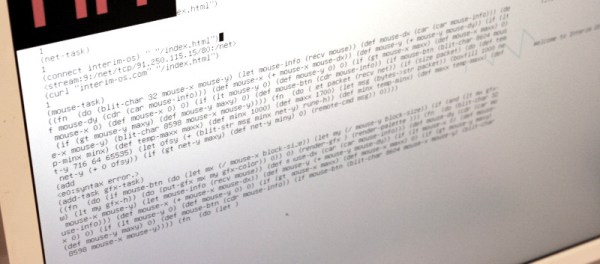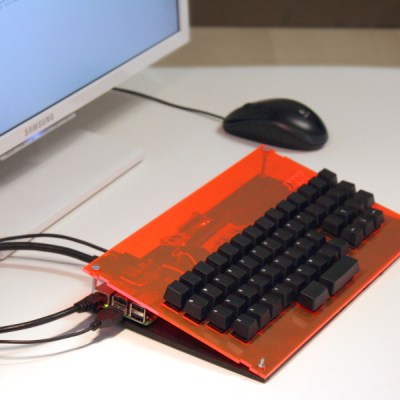Every so often – and usually not under the best of circumstance – the field of engineering as a whole is presented with a teaching moment. Volkswagen is currently embroiled in a huge scandal involving emissions testing of 11 Million diesel cars sold in recent years. It’s a problem that could cost VW dearly, to the tune of eighteen Billion dollars in the US alone, and will, without a doubt, end the careers of more than a few Volkswagen employees. In terms of automotive scandals, this is bigger than Unsafe at Any Speed. This is a bigger scandal than the Ford Pinto’s proclivity to explode. This is engineering history in the making, and an enormously teachable moment for ethics in engineering.
Continue reading “Ethics In Engineering: Volkswagen’s Diesel Fiasco”




 The source code, an image for the Pi 2, and directions for making it all work are available. [Lukas] also describes how to get a new OS up and running on a Pi.
The source code, an image for the Pi 2, and directions for making it all work are available. [Lukas] also describes how to get a new OS up and running on a Pi.









